How To Install A Pa System In Your Car
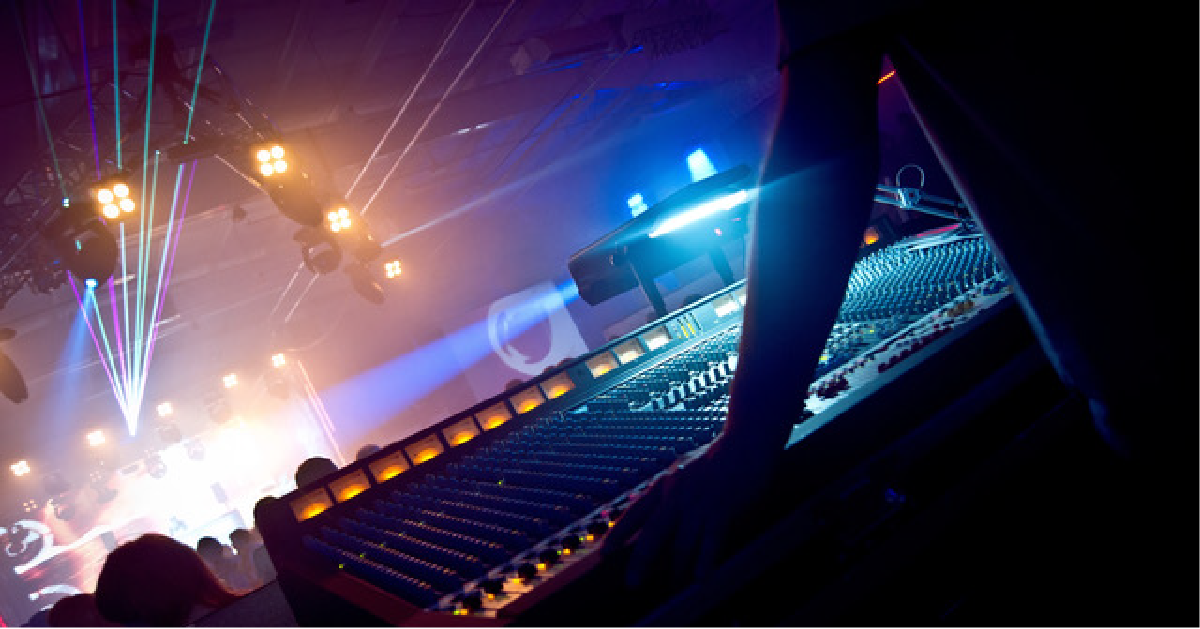
In this guide, we will bear witness you how to set a PA organisation. Whether you're using a portable speaker with a single microphone, or a large mixer with multiple amplifiers and speakers, we'll walk you through the setup basics and show you lot a few examples. Follow the sections below to get started.
- What is a PA system?
- Prepare upwards to preclude feedback
- How to Set up a PA System
- Presenter or karaoke
- Singer-songwriter or musician
- Band or music group
- Large performance venue
If yous are new to using a PA organization, then you lot're in the right identify. The primary goal is to amplify a sound source to your audition, and nosotros'll show you how to go about doing that. To go started, first learn what a PA organization is and how it'south able to amplify audio without producing feedback. Once you've got a hang of the basics, learn a few unlike examples of PA's you're likely seen before.
A public accost (PA) system is for amplifying the human voice. In its simplest form, it has a microphone, mixer, and loudspeakers. Information technology all starts with the microphone (mic), which converts sound force per unit area to voltage. That means when you speak or sing into the mic, its magnetic force outputs a small corporeality of voltage. That voltage is and so sent to either a mixer or loudspeaker for amplification. One time boosted past a ability amplifier, the voltage is and so loftier that it forces the speakers to move and recreate the sound pressure changes which first entered the mic. The result is a much louder sounding vox.
Another way to recollect about amplification is how the indicate level, or its voltage level, is increased at separate proceeds stages of the organisation. Proceeds staging refers to each level of preamplification or volume adjustment establish in a signal path. For a PA system, the gain stages are the microphone preamplifier, channel level, mix level, and loudspeaker level.
The voltage starts at mic level and, after being increased by a preamplifier gain knob, is increased closer to line level. Once raised to line level, the signal level is adjusted by a mixer's level controls. When the mix leaves the mixer and enters the loudspeaker's amplifier, it is dramatically increased to speaker level and controlled by the amplifier'southward level control. The loftier voltage level causes the speaker to speedily move dorsum and forth, thus reproducing an amplified version of your original signal.
Mixers allow you connect and control levels that are received from microphones and sent to speakers. Their main part is to bring microphone and instruments levels up to line level and so balance the mix before sending it to the loudspeakers. Learn more about how to set up a mixer.
The real difference is where the power amplifier is located. In a powered speaker, the amp is inside the chiffonier with the speaker. In a passive speaker, the amp is a completely split device mounted in a rack dissever from the speakers. While you'll apply similar cables to connect a mixer to either loudspeaker's amplifier, connecting passive speakers to their amplifier requires an additional Speakon or ¼" speaker cables.
How to preclude feedback is 1 of the most central PA system rules. Feedback is what happens when a microphone pickups up too much of its own signal. When this happens, the amplifier outputs a louder version of the signal, and a loop is created. The result is a ringing tone which gets louder and louder until the feedback loop is interrupted. The big idea with feedback is that y'all desire to keep the audio from the speakers from getting into any of the microphones.
The number one way to foreclose feedback loops is by never pointing microphones and speakers directly at each other. If a feedback loop occurs, you can finish it by muting the offending speaker or microphone, but the most reliable pick is to accept feedback loops into consideration when positioning each mic and speaker. Main speakers should be placed in front of the microphones and pointed away from the phase. This helps each mic pass up the amplified sound sent to the audience. Stage monitors are frequently prone to feedback because of their proximity to each performer's microphone. Increasing their distance autonomously from each other will help, merely facing the speaker so it's rejected by the microphone volition produce the best results.
- Always go along the maximum practical altitude between mics and speakers.
- Never place the main speakers behind microphones.
- Always speak or sing within 1"-three" from a microphone windscreen.
- Never point the microphone straight at a speaker.
PA systems can be used for a variety of purposes and thus tin can be ready up in a multifariousness of configurations. Below, we'll testify you lot a few common ways for setting up PA systems. Since every setup will be a trivial different, we recommend yous view each and and so determine which type of configuration works best for your setup. Cheque out each PA systems setup example below: presenter, singer-songwriter, full ring, and large venue.
The simplest job of whatsoever public address system is amplifying a single microphone through a powered speaker. The amplifier receives signal from the microphone, amplifies it co-ordinate to the speaker'due south level control, and then outputs sound from the speaker. Some portable PA systems even have EQ and wireless connectivity options for ease of utilise. If you need to play music from a smartphone, computer, or disk thespian, they tin unremarkably be continued via a wired (Phono/TRS) or wireless (Bluetooth) option.
- Mixer: Born to speaker/system or not required.
- Loudspeakers: At least one, often capable of linking a second speaker.
- Microphones: 1 or two standard dynamic microphones for voices. Some systems have built-in wireless features for connecting specific microphones.
- Other: Both active loudspeakers and all-in-one systems might have EQ and level control.
- Splendid for presenters and portable amplification (some accept rechargeable batteries).
- Perform a quick audio check to set the microphone level.
- Speak or sing within 1 – 2" of the microphone.
- For small spaces, rely on the acoustic sound and mix the speakers in.
Near mixers take the same features and controls merely vary in the number of channels for connecting microphones and instruments. That means when you need more mics, you demand more channels. A mixer with a couple of channels allows y'all to mic a vocalization or instrument (like guitar or piano), mix them together, and then output them through one or two primary speakers.
One time connected, yous'll use the mixer to adapt the microphone and mix levels sent to the speakers. Some small mixers fifty-fifty have aux outputs for sending a unique mix to a performer's stage monitor speaker. The same setup rules apply: point the speakers for optimum coverage, avoid positioning gear in feedback loops, and set sufficient proceeds levels.
- Mixer: Mixer is separate from speakers and varies in the number of inputs and outputs.
- Loudspeakers: One or two connected to the mixer'due south master mix. You lot could as well connect one or two for the mains, and (if your mixer has an aux send) another as an optional stage monitor.
- Microphones: 1 or ii standard dynamic microphones for voice and acoustic instruments.
- Other: If you lot don't take a ¼" guitar input (aka Musical instrument or Hi-Z) a DI box will exist necessary to connect electric keyboards or guitars to a microphone input.
- Perform a quick sound check to set the microphone and speaker levels.
- Place mics 1-2" away for voices and iv – five" away from acoustic instruments.
- Rely on the acoustic audio of the performer and reinforce their sound with the PA system.
- 2 main speakers provide wider coverage for larger spaces or audiences.
- An external mixer (soundboard) allows for more mics, instruments, and speakers.
- If y'all don't have an instrument input, utilise aDI box to connect an audio-visual guitar or keyboard to an XLR microphone input.
- Smash mic stands (short/alpine) for meliorate positioning microphones.
- Some mixers can connect an additional stage monitor via an aux output.
Band or music group
A typical band might crave mics for drums (kick, snare), bass guitar (mic or line input), electric guitar (amplifier mic), keys (stereo line inputs), and a few vocalist microphones. Channels add upward fast, so an ideal mixer is one that has enough. In this example, you'll likely need a larger mixer with boosted channels for mics, aux sends for stage monitors, and a phase ophidian to make setup easier.
The setup procedure is the aforementioned, but you'll need to give more attention to proceeds staging and feedback prevention. Typically, the more microphones and speakers you add to a system, the more likely you lot are to experience feedback. Exercise your best to betoken the lesser of the microphone at the speakers or monitors. That'southward the least sensitive part of the mic, and then it really helps to keep it from picking upwards the sound of the speakers and phase monitors.Common gear
- Mixer: An external mixer with enough channels for a total ring and aux outputs for stage monitors. Congenital-in effects and signal processing allow for greater control.
- Loudspeakers: 2 principal speakers are standard, but stage monitoring depends on the mixer: unremarkably up to 4 stage monitor loudspeakers, each with a unique mix.
- Microphones: Dynamic mics for vocals, guitar amp, snare, and toms. Kick/bass drums require a unique microphone for low frequencies.
- Other: Use DI boxes to connecting instruments (similar bass guitar) to microphones inputs. Use a phase snake to replace long cable runs.
- Larger mixer to accommodate more mics and stage monitors.
- Utilize speaker stands to drag the speakers to the audition's ears.
- Soundcheck to set the microphone level, create a master mix, and so arrange monitor levels.
- Position drum mics up close and point them at the centre of their drum caput.
- Always point mics away from stage monitors to prevent feedback.
- Instead of turning guitar amps all the manner upwards, plow them downward and use a microphone to put the guitar amp in the PA.
- Use a DI box on bass guitar and then you can connect it to the amplifier and a mixer channel at the same time.
When you go to a concert venue, you'll probably showtime notice a big number of speakers. This is considering the biggest challenge of a large infinite is adequately amplifying the performer throughout the entire venue. To do this, the organization requires more powerful (or just more) amplifiers, and thus speakers, too. These amplifiers will suit the additional mains arrays, subs, stage monitors, and any other speakers the venue may need.
Since depression-frequencies require a lot of free energy to reproduce, larger venues volition need a lot of big speakers with plenty power to create the low-end thump yous can feel. Subwoofers (subs) are speakers dedicated to reproducing low frequencies. They tin can exist configured along with the chief mix or output a unique tailored aux mix (e.g., boot and bass). Positioning subs will vary from venue to venue, so just consider how its placement will bear on how the entire system sounds, and make adjustments for residue. Placing subs or speakers near walls volition make them audio louder, and maybe unbalanced.
As the stage grows, wireless systems go a user-friendly solution for performers who movement effectually during the functioning. That ways you lot could observe additional wireless microphones and/or in-ear monitor systems on the side of the stage. Y'all might also see a second mixer on stage, which is is operated by a monitor engineer who specifically manages the monitor mixes.
- Mixer: Big channel count mixer, typically digital. A 2d mixer tin be used on stage strictly for monitor mixes. Digital stage snakes are ofttimes used in conjunction with their compatible mixers.
- Loudspeakers: Mains speakers are made from several speakers continued in an assortment. Several subwoofers are required to reproduce low frequencies.
- Microphones: Lots of dynamic mics to arrange any setup. Unique microphones for vocals, guitar, and kick drum are oft used.
- Other: Back up microphones, cables, and DI boxes to make sure the prove goes off without a hitch.
- Perform scheduled sound checks well in accelerate of the performance fourth dimension
- Mix stage monitors or in-ear monitoring systems from an additional Monitor mixer.
- Digital mixers can save and recall scenes for complex or frequent band turnovers
Related Manufactures
When yous need help, Sweetwater has the answers!
Our knowledge base contains over 28,000 expertly written tech articles that will requite yous answers and help you get the almost out of your gear. Our pro musicians and gear experts update content daily to continue you informed and on your fashion. Best of all, it's totally Costless, and information technology'south only some other reason that you get more at Sweetwater.com.
Source: https://www.sweetwater.com/sweetcare/articles/how-to-set-up-a-pa-system/
Posted by: schwabpaped1947.blogspot.com

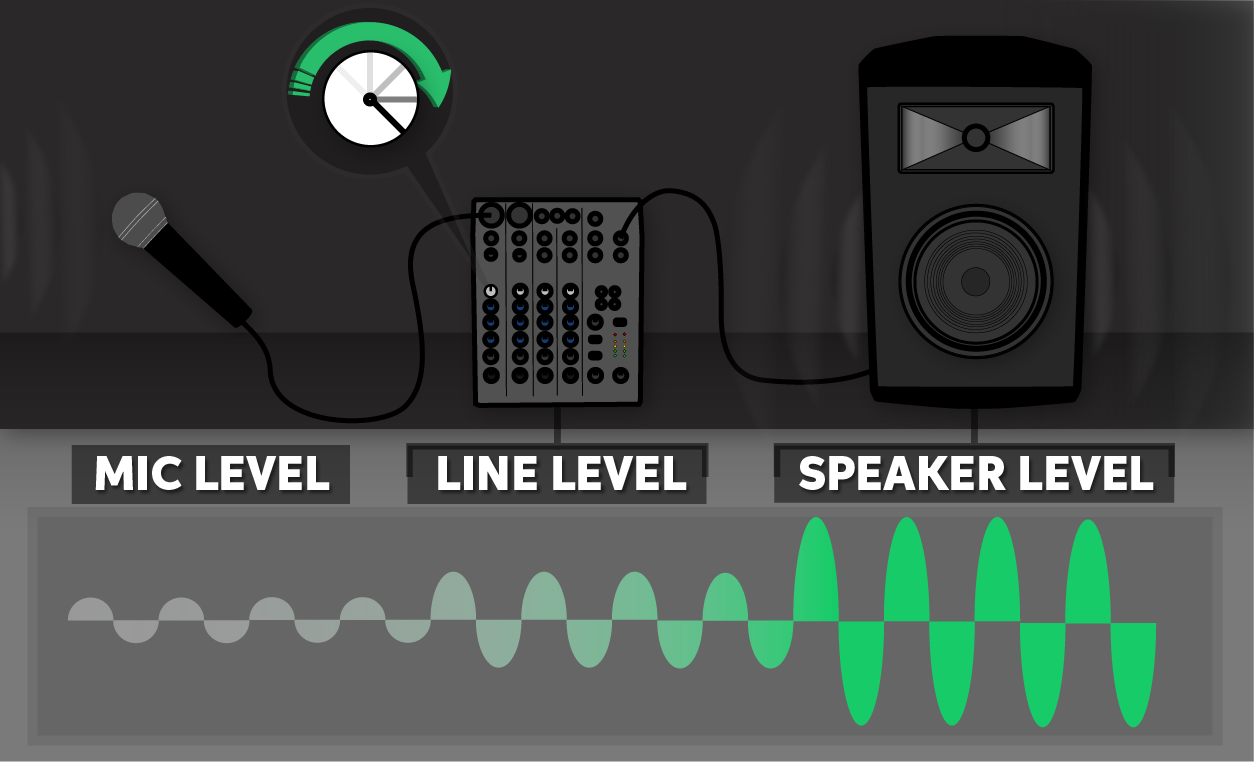
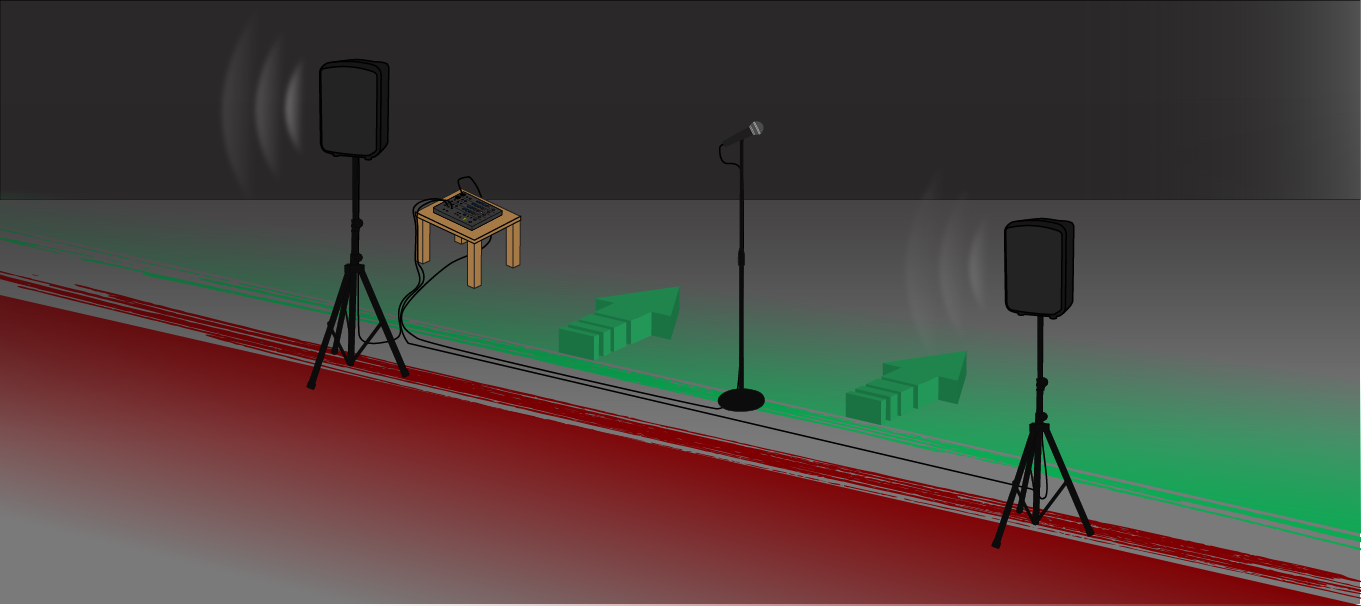
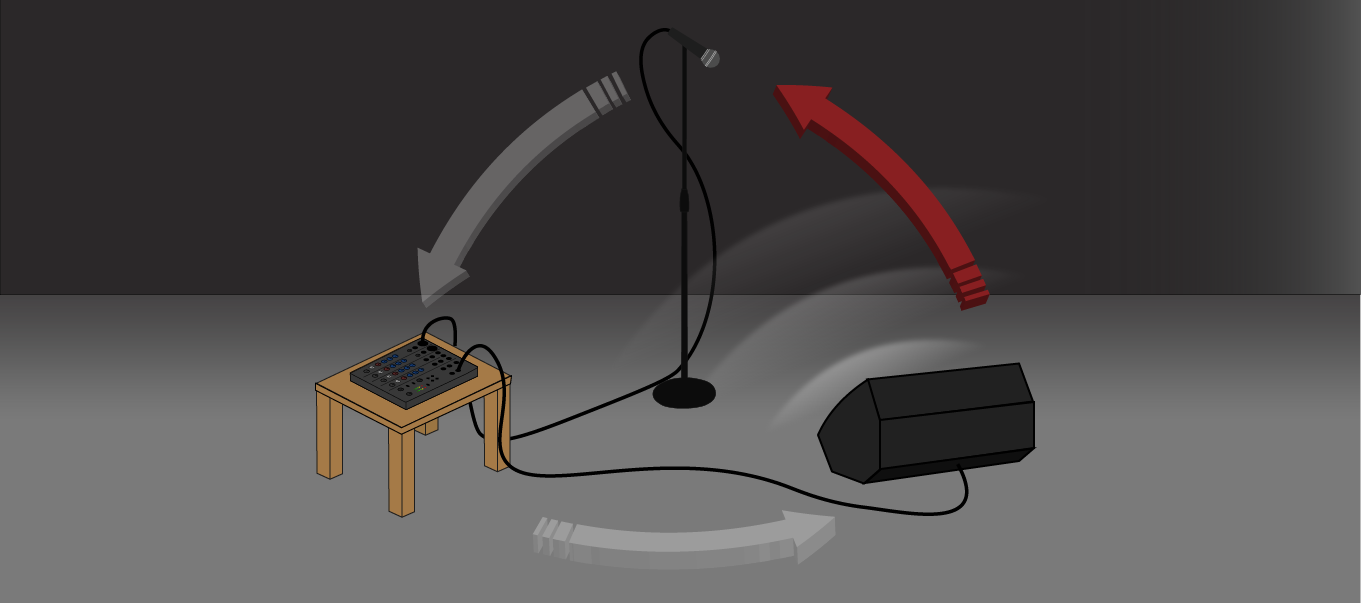
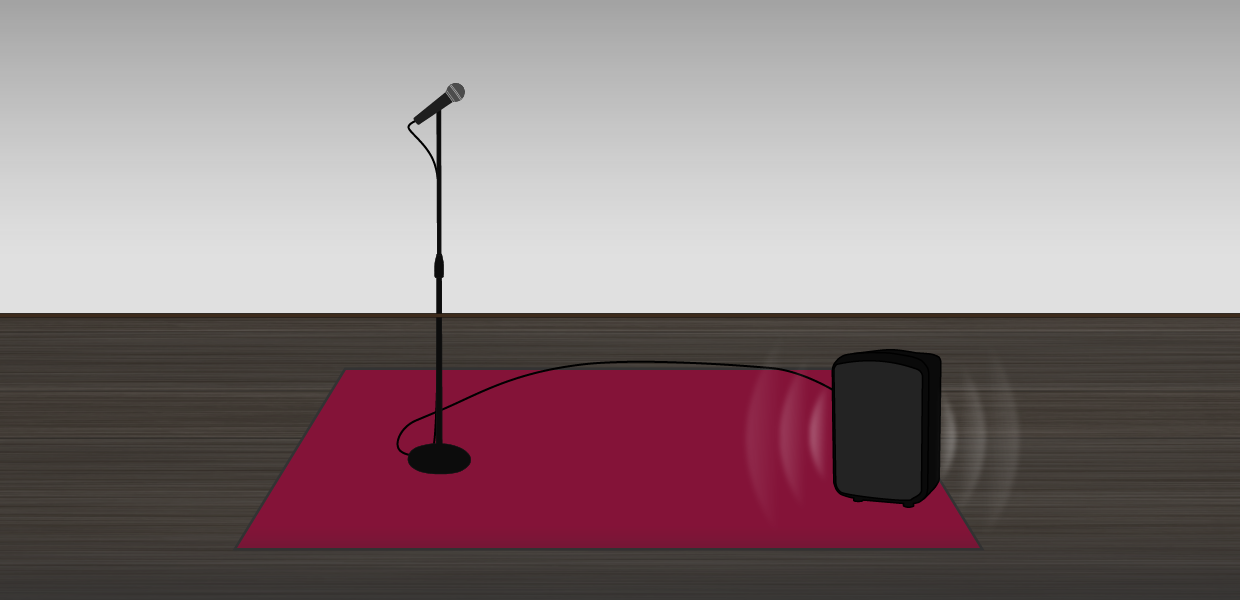
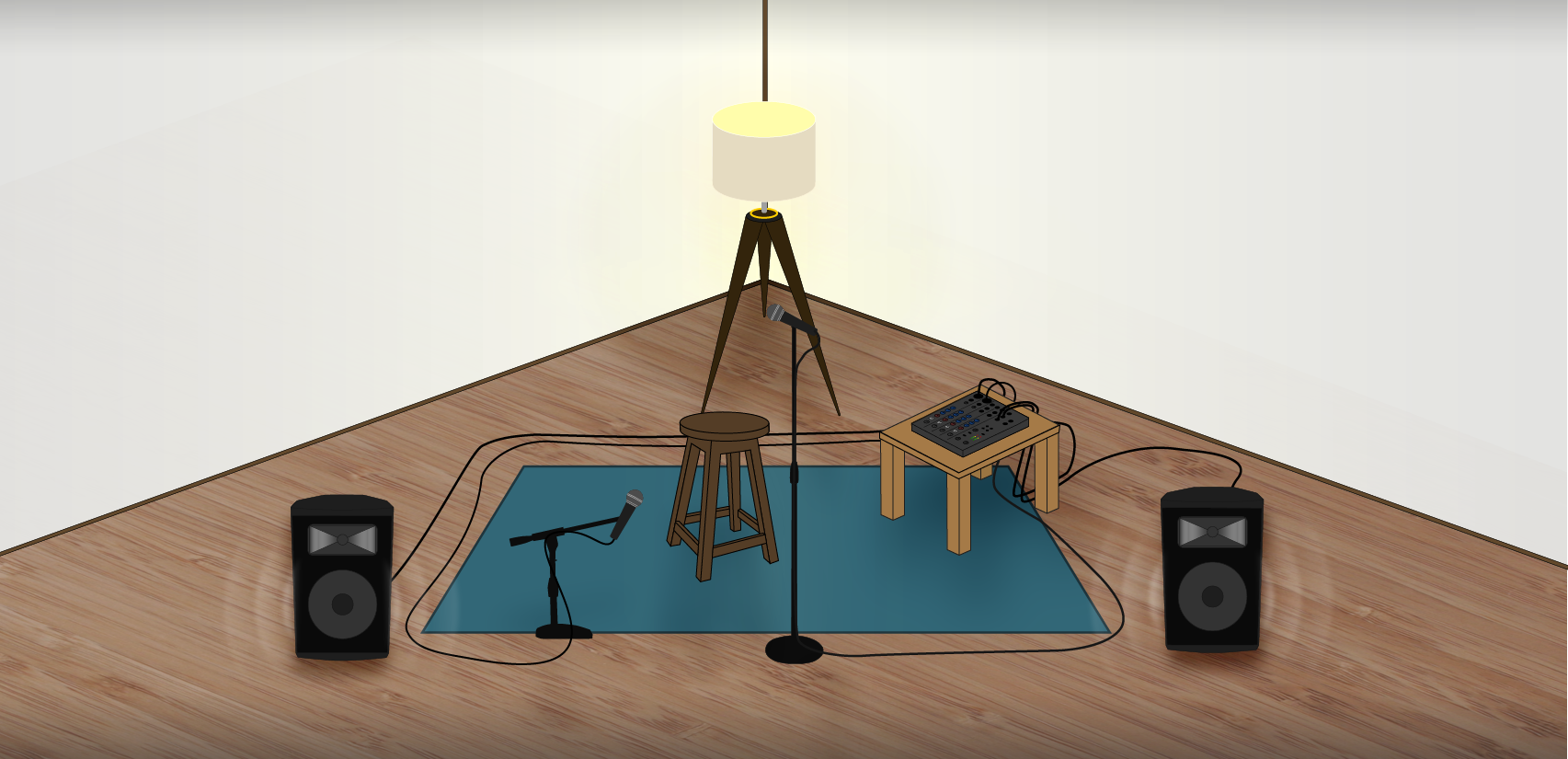
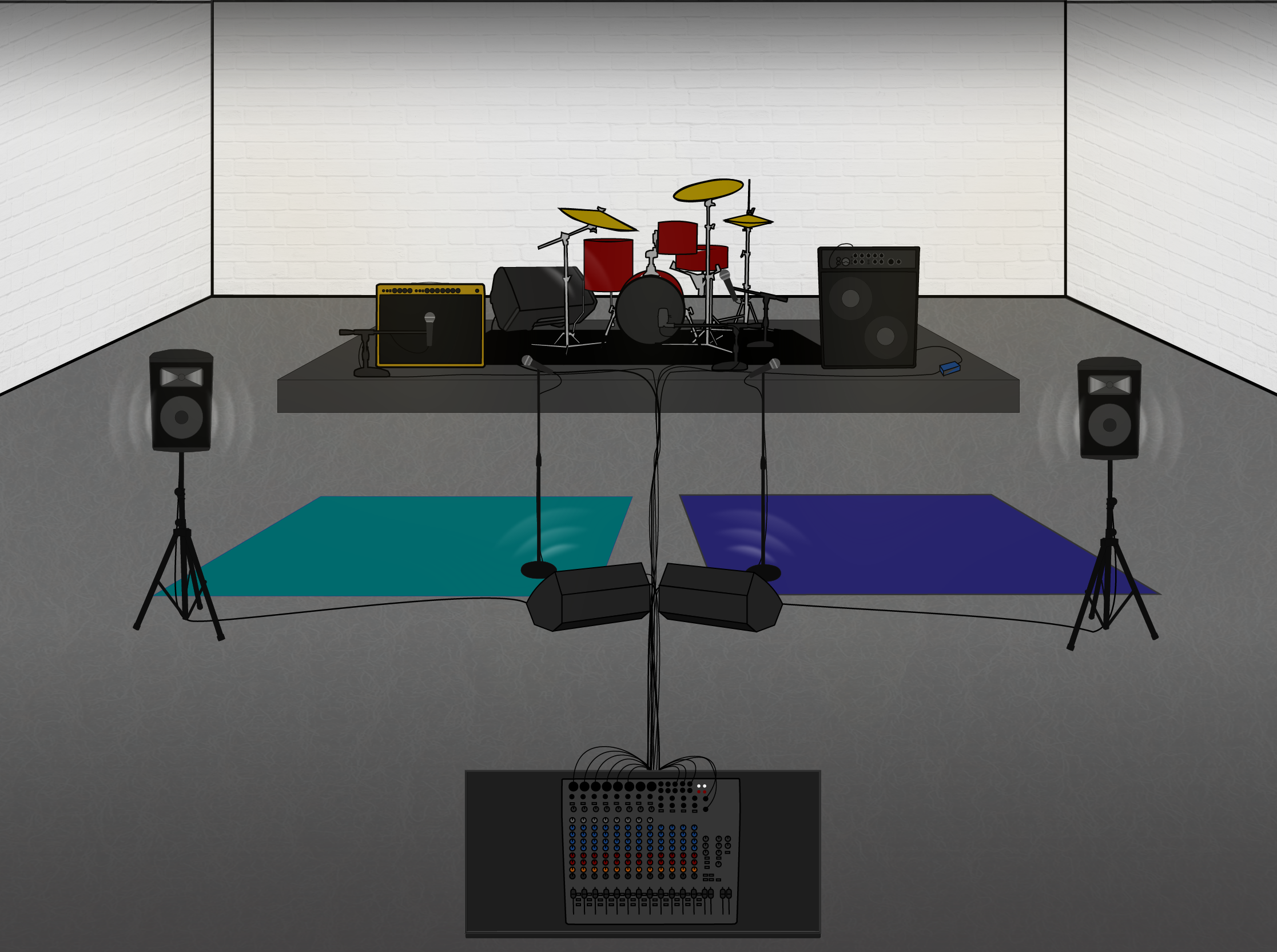
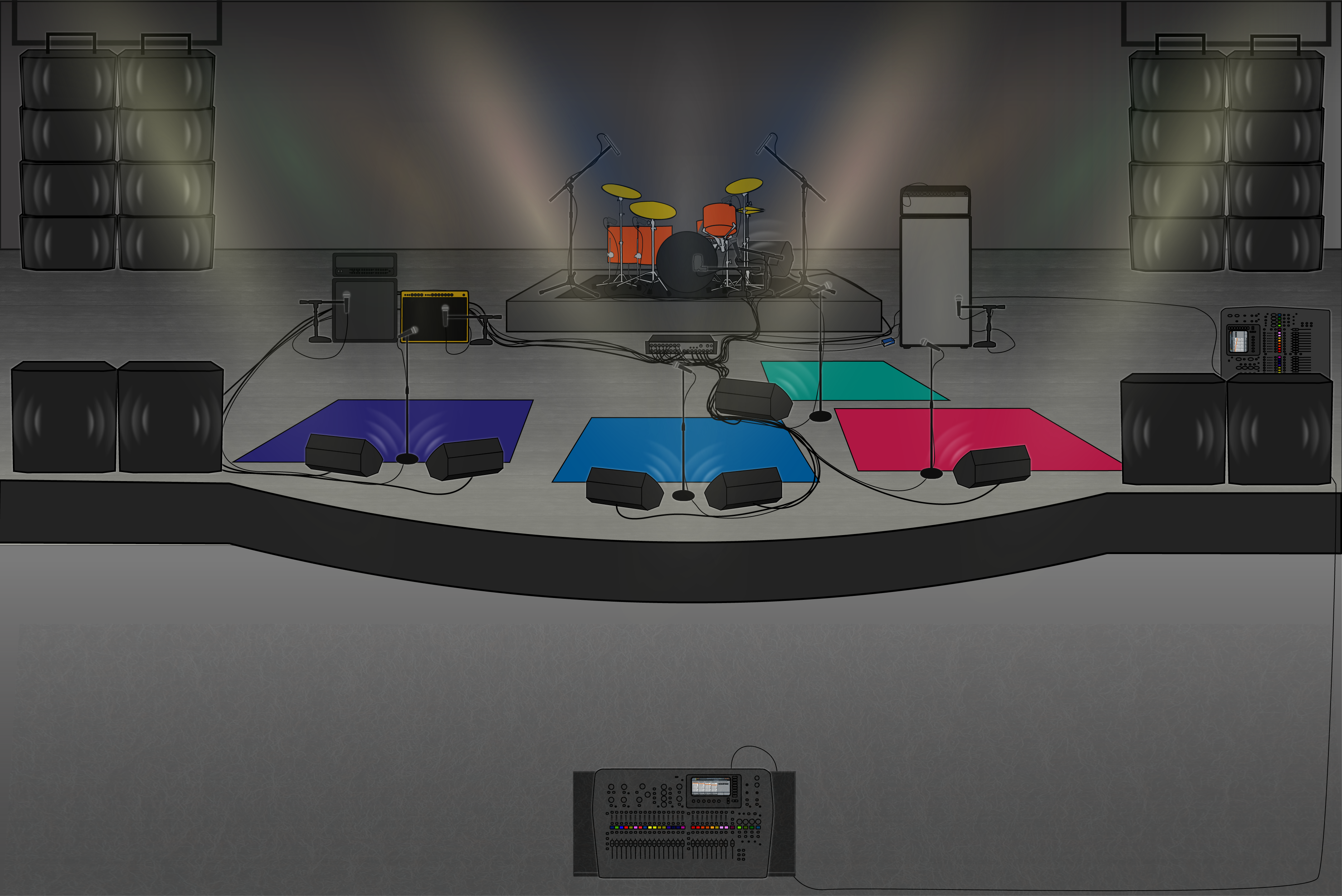


0 Response to "How To Install A Pa System In Your Car"
Post a Comment